The passion fruit flower blossom components are often used to symbolize the events in the last hours of the life of Christ, the Passion of Christ. Described in the post.
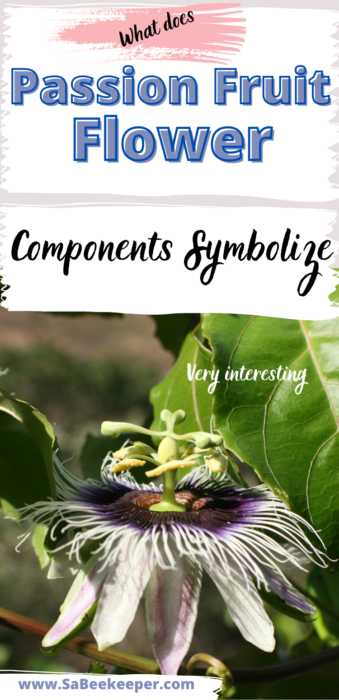
Description of the passion fruit flower components
A passion fruit plant is a vine species of passion fruit and native to south America. Passion flower, (genus Passiflora edulis), grows well in warm humid climates.
Its name flor das cinco chagas or “flower of the five wounds” to illustrate the crucifixion of Christ.
The flower components symbolize
The Sepals and Petals hold the young flower closed before opening into a blossoming flower. Notice the small black dots on the closed green sepals. The white corona flower peeping out.
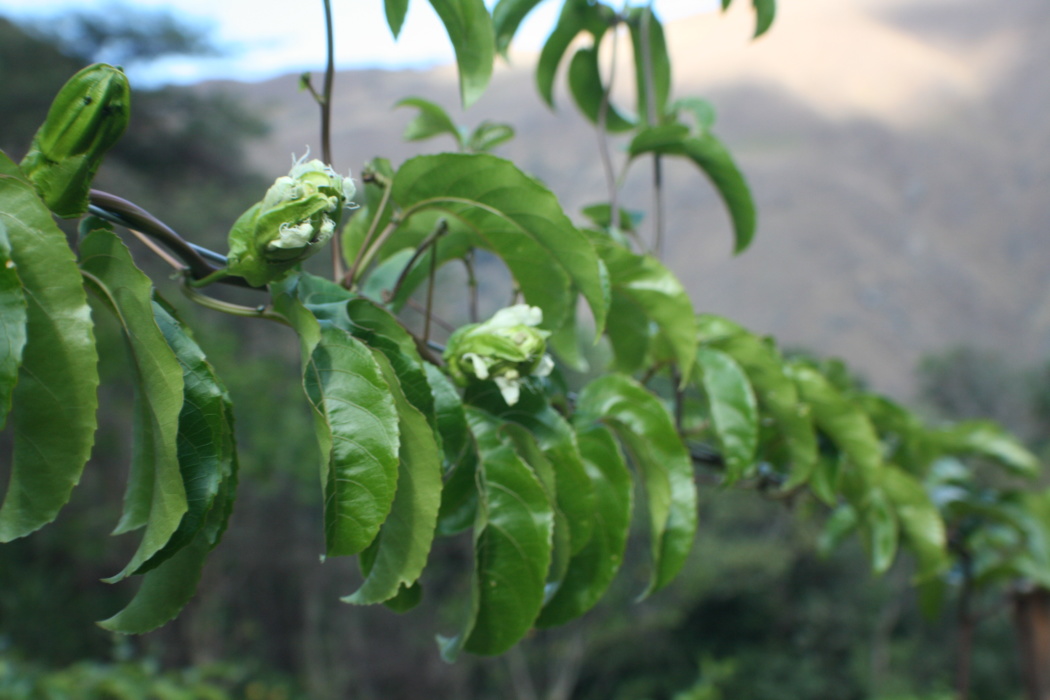
Sepals and Awn of the flower.
Below photo shows the Sepals and Petals. The five sepals and five petals represent 10 of the apostles, excluding Judas, who betrayed Jesus, and St. Peter, who denied him three times on the night of his trial.
See the pointer below.
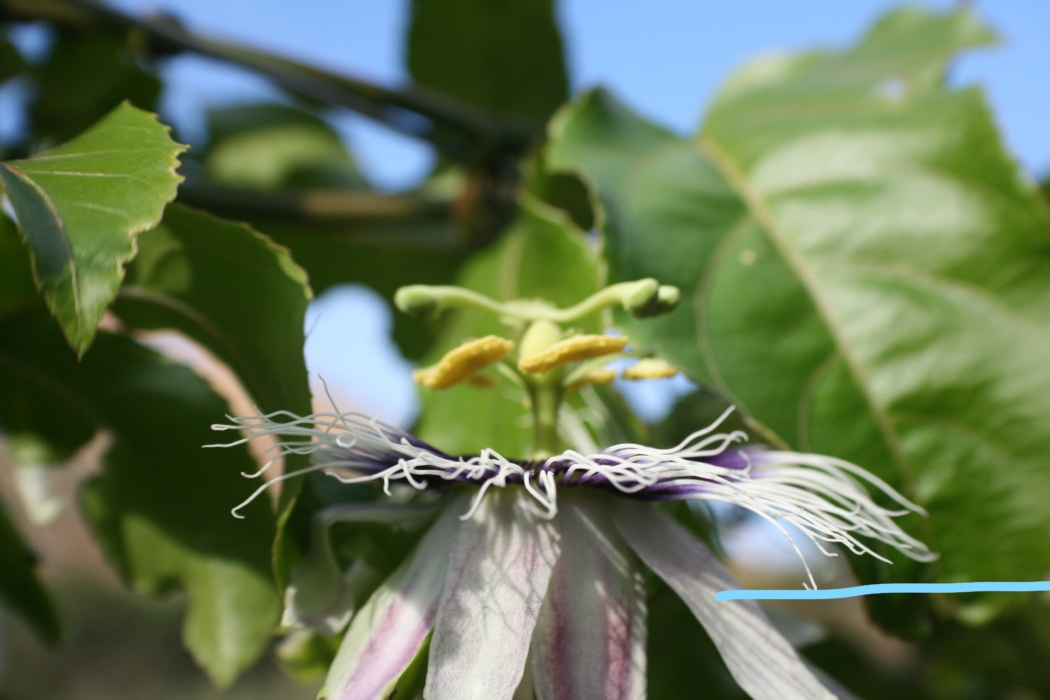
The corona represents the crown of thorns. (Photo below)
See the arrow pointed below. Purple and white frills. Called the Corona Filaments.
The plant produces a sweet nectar at the base of the purple Corona. This is how the bees would obtain the pollen as they will be directly below the 5 pollen Stamens.
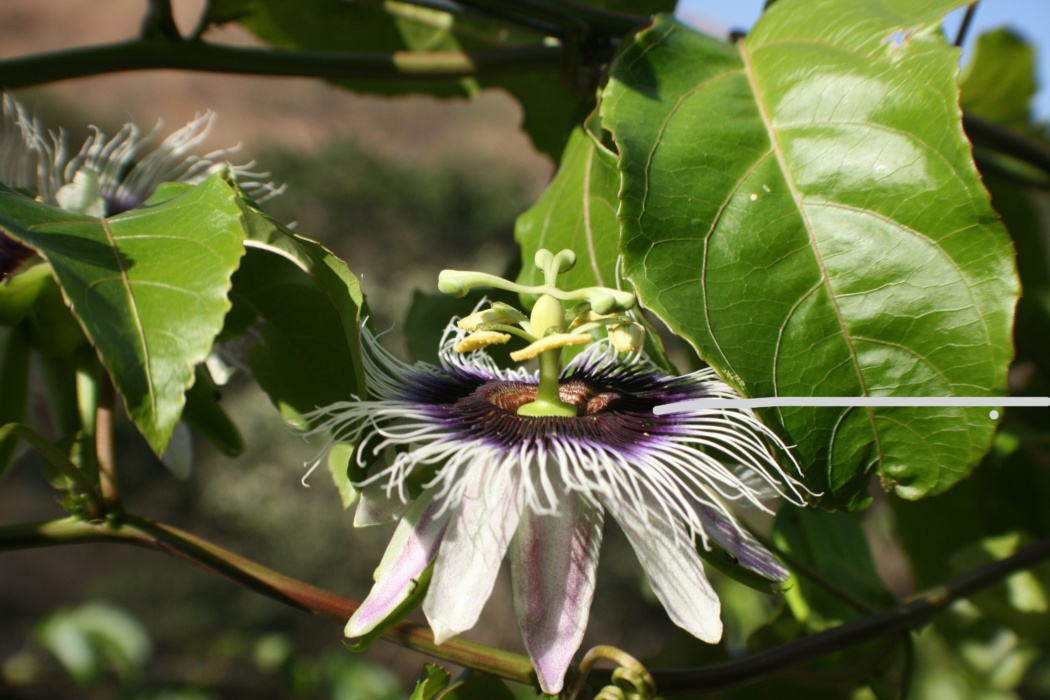
The 5 Stamens and anthers on top, represent the five wounds. (they hold the pollen)
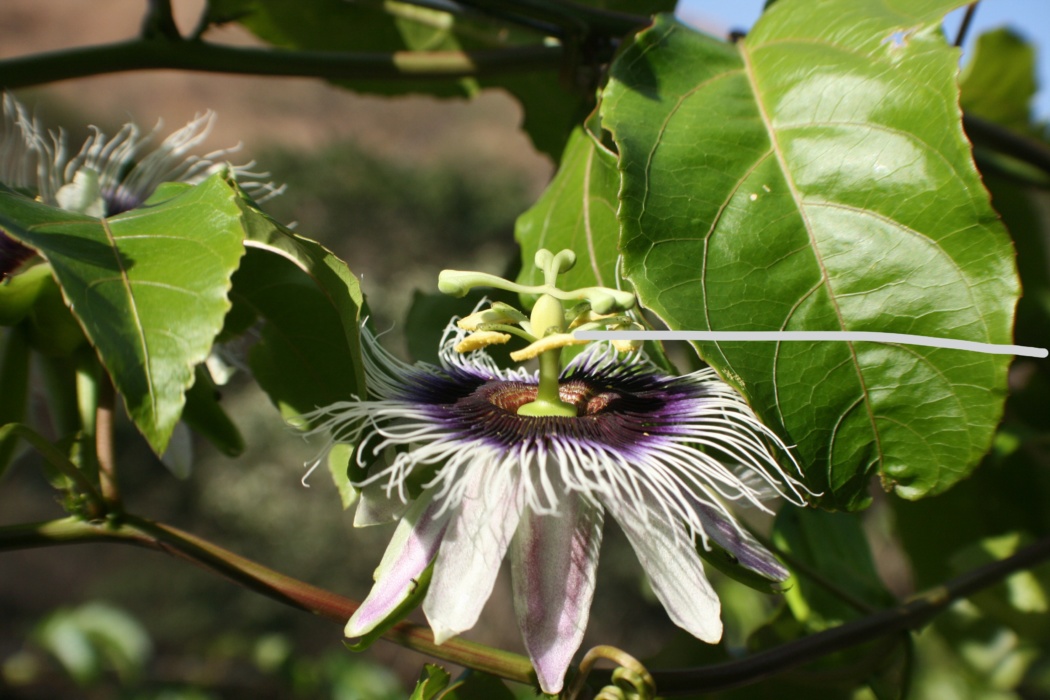
The ovary
In the middle of the style and the stamens on the stem is the ovary.
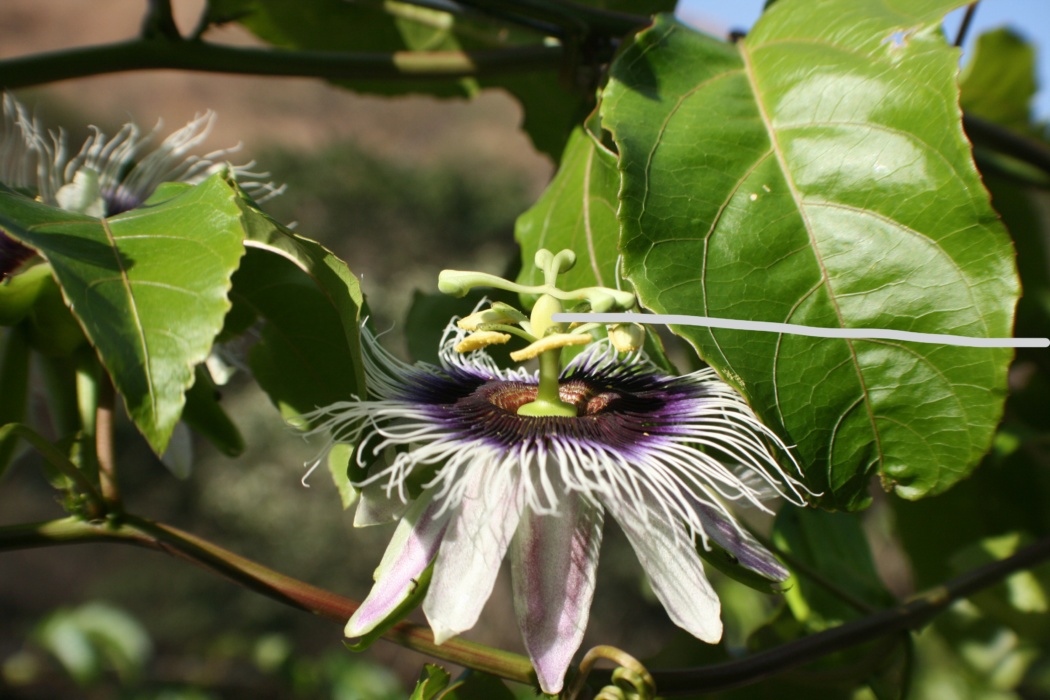
The 3 Styles and Stigma represent the nails used in the Crucifixion.
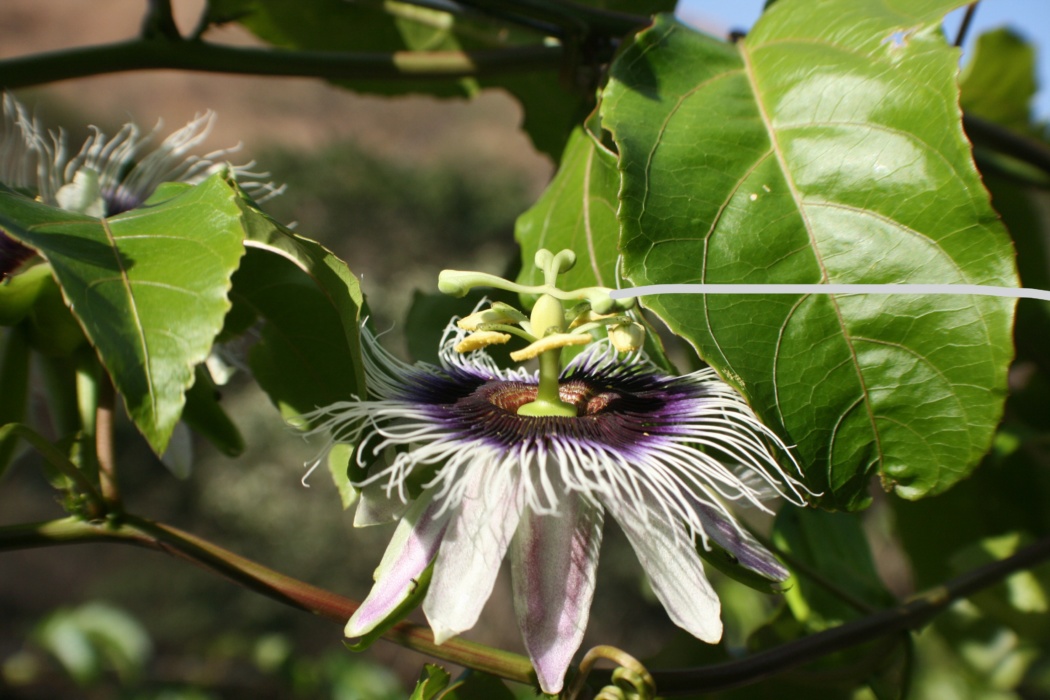
The styles bend backward, and the anthers, which are located on top of the styles, have a very distinct head. This way the pollen will be transferable once a bee has obtained the nectar. (they hold the pollen for pollination)
These get pollinated from the yellow pollen on the stamens and anthers.
The passion flower “Maracuya” (in Spanish)
Most passion fruit plants and leaves are climbing vines with grasping tendrils.
The simple leaves are entire or lobed, and a single plant may produce a diversity of leaf shapes. Different sizes as well.
Fertilizing
Passionfruit usually only needs fertilizing twice a year, after pruning and again after fruiting. A fertilizer high in nitrogen promotes plenty of passionfruit leaf growth at the expense of fruit and flowers. Fertilize with compost, citrus foods, chicken manure or well-rotted cow manure.
How do you induce flowering in passion fruit? Don’t give your passionfruit vines a high nitrogen fertilizer. This will encourage leaf growth and not fruit. To promote flowers and fruit, liquid feed with Searles Liquid Potash.
Potash is a bloom booster agent.
Pollinated by bees or hand pollination
Normally for large open flowers like the passion fruit flowers and other, the bumblebee and carpenter bee are great pollinators for these flowers.
This Monk Orchid below shows many bumblebees and a striped carpenter bee on these large flowers.
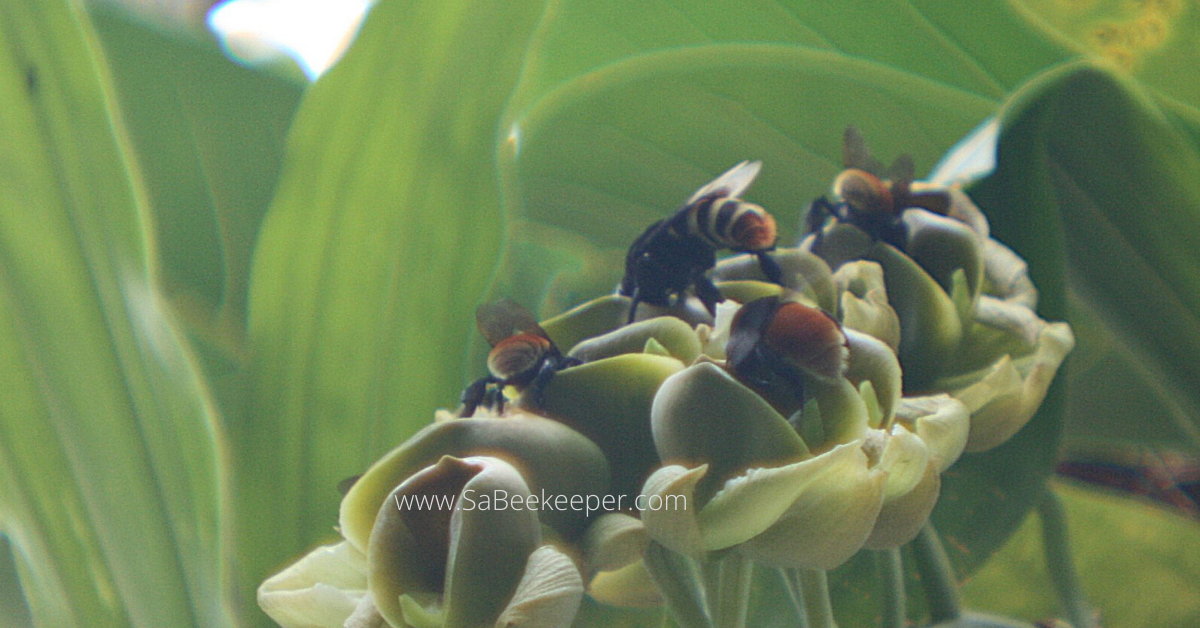
The bumblebee and carpenter bee vibrate their bodies more and are large. That enables them to accidently collect the pollen from the 5 stamens. Then the pollen is rubbed of on the Styles.
While also pollinating other passion fruit flowers and going from plant to plant.
This doesn’t mean honey bees and other smaller bee species don’t pollinate the flowers. It just means the larger plants have a better chance of good pollination with larger bee species.
The hand pollination can be easily done and you obtain a higher percentage of pollination for the flower. About 70 % better pollination. Aka more fruit from hand pollination.
A green growing passion fruit hanging on the vine.
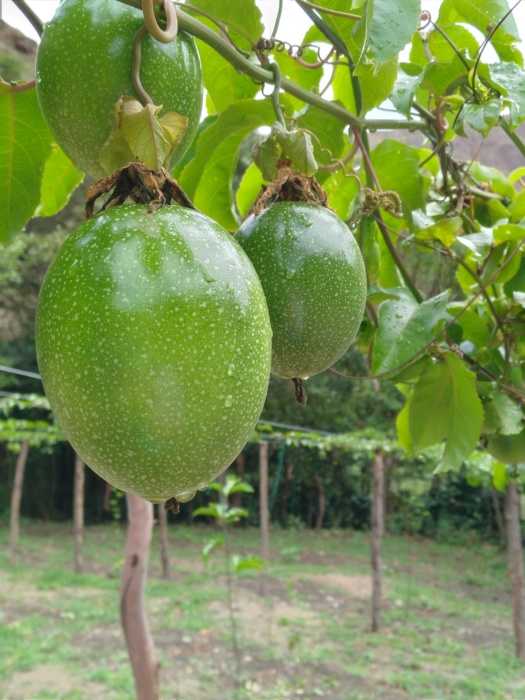
This can be done if you know there is not many bumblebees and carpenter bees or other bees in your location. Or if the flowers are to few at the start of the flowering stage, for bees to be attracted to them.
Other posts with information on Carpenter bees and bumblebees.
- Carpenter Bees Life Cycle
- Bumblebees forage on monk orchid flowers
- Carpenter bee building a nest
- Carpenter bee and sunflowers
- Yellow Striped tailed Bumblebee
- Ecuador’s Social Bumblebee at work
- Black Bumblebee foraging on flowers
- Black Bumblebee on sunflowers (life cycle)
All bees are pollinators and are worth saving.
Please be kind and save the bees, plant flowers and make water available.
Another post about our passion fruit vines growing.
Some online purchases for bee and honey products.
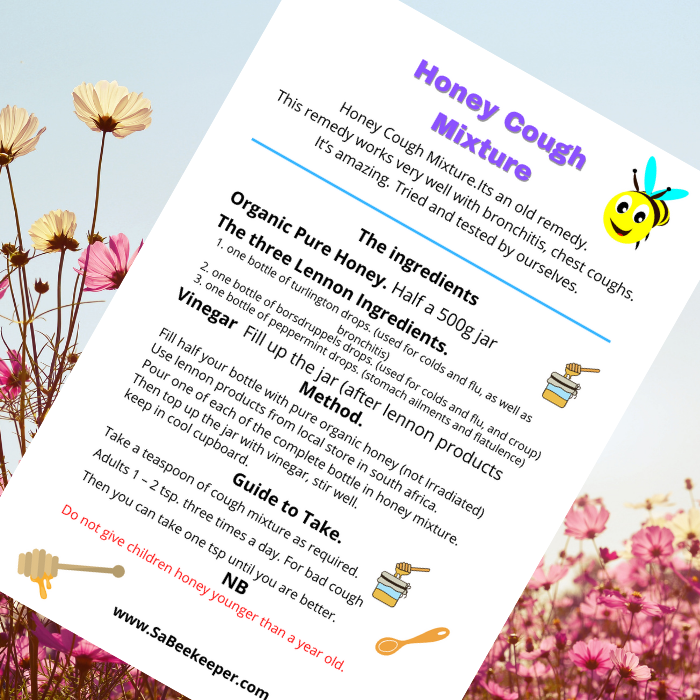
This post may contain affiliate links, where we earn from qualifying purchases.
Leave a Reply